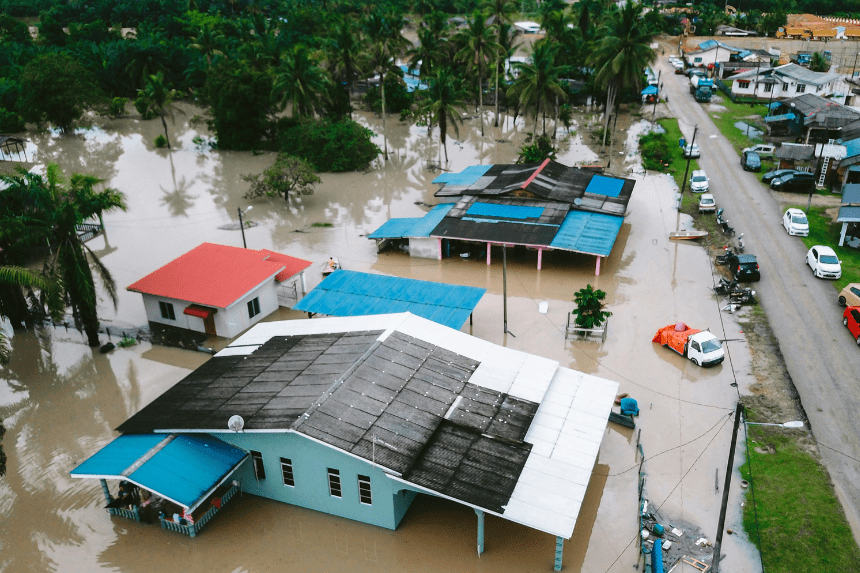Heavy rains in South Korea have killed four people and forced more than 1,300 more to leave their homes. Officials have warned that the unusual rain may continue, causing more damage. Because of this, the government has raised the catastrophe alert to its maximum level. The situation is still quite bad as the country gets ready for additional rain and other dangers.
How did the heavy rains lead to deaths?
The heavy rains have caused terrible deaths, including those of two older men. One of the victims, an 80-year-old man, tried to get water out of his basement before he perished. While in his car, a third person was crushed by a wall that fell and had just contacted his wife to warn her about the water. The stress of the circumstances likely caused a fourth person to die from a heart attack. Here is the link to our article on Flood Damage Arrest
What Areas Are Affected?
Seosan, a city in the west that saw more than 400 mm of rain in just 12 hours, has been the hardest hit. The weather agency in South Korea said this rain was a “once-in-a-century event.” Photos and videos that have been shared on social media show that many homes, businesses, and cars were underwater. In Gwangju, where it rained 426 mm, business owners have talked about how flooding has affected their lives. One cafe owner had to close because of water damage.
What steps have officials taken?
The government of South Korea has sent out high-level catastrophe warnings and moved thousands of people out of places that are likely to flood. Along with evacuation attempts, officials have told people to stay away from riverbanks and steep hills, where flash floods and landslides are a big danger. By Thursday, officials had relocated more than 1,300 people to safer locations. People from all over the country have suffered injuries, such as colds and leg breaks. Here is the link to our article on Floods and Landslides
How did the weather cause this?
Experts say that the torrential rains were caused by a unique weather event in which dry air from the northwest interacted with hot, humid air from the south. This interaction generated enormous rain clouds that dropped a lot of rain. The rain should stop shortly, but meteorologists say that temperatures will rise in the next several days, and there is a chance of a heat wave.
Final Thoughts
The heavy rains in South Korea have exposed weaknesses in infrastructure and preparedness, highlighting the urgent need for better flood mitigation systems. Many residents continue to face challenging conditions, despite ongoing efforts by officials to manage the aftermath. As the country braces for more severe weather, the focus will shift towards recovery operations and improving readiness for future natural disasters.








